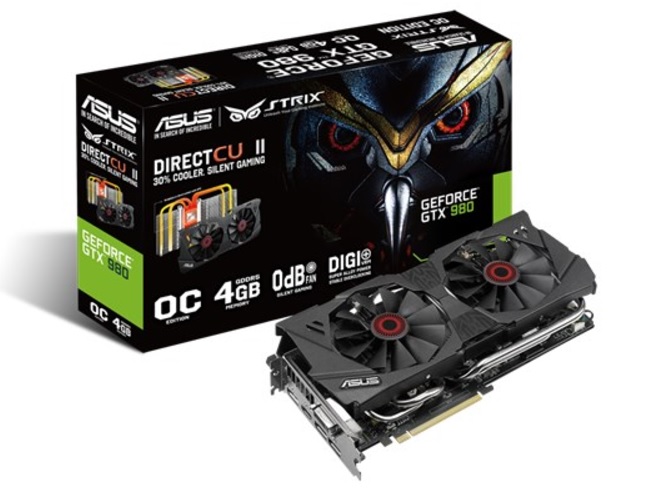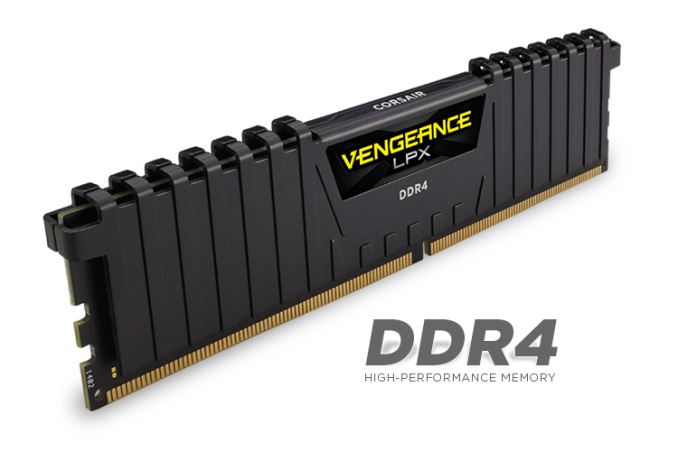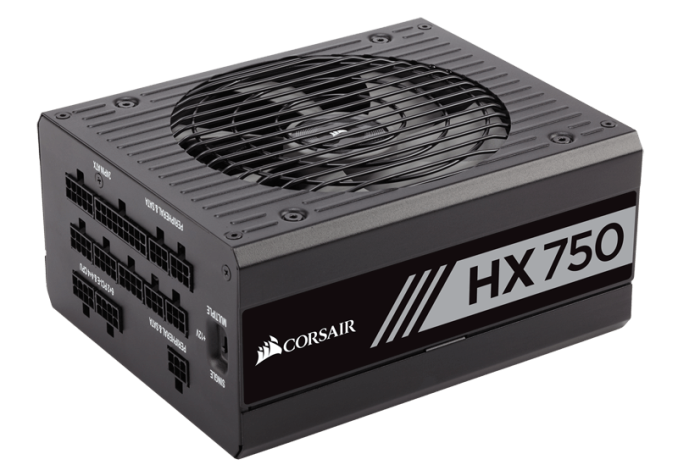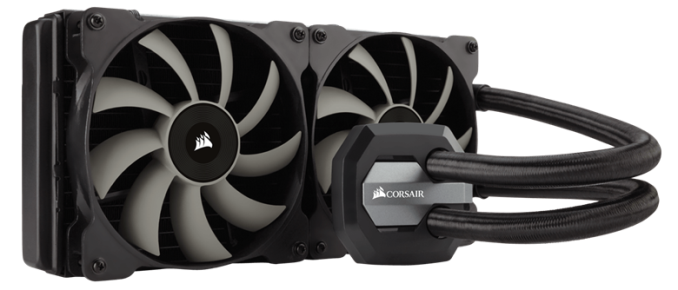The ASUS ROG Maximus X Apex Review: X Marks the Spot, Literally
by Joe Shields on May 11, 2018 9:00 AM EST- Posted in
- Motherboards
- Intel
- Asus
- ROG
- Aquantia
- 5G
- Coffee Lake
- Z370
Board Features
The ASUS ROG Maximus Apex motherboard started out with a keen focus on overclocking since it started and not much has changed since. ASUS includes the Overclockers' toolkit consisting of hardware-level controls and integrated condensation detection useful in subzero overclocking. The board features an optimized 2-DIMM memory trace layout ASUS says aids in stability and performance allowing for DDR4 support up to DDR4-4500+. Outside of the overclocking features, the board uses the latest Realtek ALC1220 codec that was tweaked specifically for ASUS and also includes 5G Ethernet in case Gigabit just isn't enough. The Apex is a well-rounded board fit for all types of users and uses without forgetting about the overclocking crowd.
| ASUS ROG Maximus X Apex | |
| Warranty Period | 3 Years |
| Product Page | LINK |
| Price | $395 (Amazon) |
| Size | E-ATX |
| CPU Interface | LGA1151 |
| Chipset | Intel Z370 |
| Memory Slots (DDR4) | Two DDR4 Dual Channel Supporting 32GB Up to DDR4 4500 |
| Network Connectivity / Wi-Fi | 1 x Intel I219V GbE 1 x Aquantia AQC108 5 Gbit |
| Onboard Audio | Realtek ALC1220 7.1ch surround |
| Video Outputs | 1 x HDMI (2.0) 1 x DisplayPort (1.2) |
| PCIe Slots for Graphics (from CPU) | 3 x PCIe 3.0 (x16, x8/-/x8, x8/x4/x4) |
| PCIe Slots for Other (from PCH) | 1 x PCIe 3.0 x4 2 x PCIe 3.0/2.0 x1 |
| Onboard SATA | 4 x RAID 0/1/5/10 |
| Onboard SATA Express | None |
| Onboard M.2 | 1 x PCIe 3.0 x4 and SATA modes 1 x PCIe 3.0 x4 |
| Onboard U.2 | None |
| USB 3.1 | ASMedia ASM3142 1 x Type-A 1 x Type-C |
| USB 3.0 | Chipset 6 x back panel 2 x onboard headers |
| USB 2.0 | Chipset 6 x onboard headers |
| Power Connectors | 1 x 24-pin ATX 1 x 8-pin CPU 1 x 8-pin CPU (Optional) |
| Fan Headers | 1 x 4-pin CPU 1 x 4-pin CPU OPT 3 x Chassis Fan 1 x AIO Pump 1 x Water Pump (3A/36W) 3 x Full Speed Fan headers |
| IO Panel | 1 x PS/2 Keyboard 1 x PS/2 Mouse 1 x DisplayPort 1 x HDMI (2.0) 1 x Wi-Fi 1 x LAN (RJ45 port) 1 x Optical SPDIF Out port 1 x Clear CMOS Button 1 x USB BIOS Flashback Button 1 x 7.1-ch Audio jacks 6 x USB 3.0 2 x USB 3.1 1 x 5G LAN (RJ45) |
Test Bed
As per our testing policy, we take a high-end CPU suitable for the motherboard that was released during the socket’s initial launch and equip the system with a suitable amount of memory running at the processor maximum supported frequency. This is also typically run at JEDEC sub timings where possible. It is noted that some users are not keen on this policy, stating that sometimes the maximum supported frequency is quite low, or faster memory is available at a similar price, or that the JEDEC speeds can be prohibitive for performance. While these comments make sense, ultimately very few users apply memory profiles (either XMP or other) as they require interaction with the BIOS, and most users will fall back on JEDEC supported speeds - this includes home users as well as industry who might want to shave off a cent or two from the cost or stay within the margins set by the manufacturer. Where possible, we will extend our testing to include faster memory modules either at the same time as the review or a later date.
Readers of our motherboard review section will have noted the trend in modern motherboards to implement a form of MultiCore Enhancement / Acceleration / Turbo (read our report here) on their motherboards. This does several things, including better benchmark results at stock settings (not entirely needed if overclocking is an end-user goal) at the expense of heat and temperature. It also gives, in essence, an automatic overclock which may be against what the user wants. Our testing methodology is ‘out-of-the-box’, with the latest public BIOS installed and XMP enabled, and thus subject to the whims of this feature. It is ultimately up to the motherboard manufacturer to take this risk – and manufacturers taking risks in the setup is something they do on every product (think C-state settings, USB priority, DPC Latency/monitoring priority, overriding memory sub-timings at JEDEC). Processor speed change is part of that risk, and ultimately if no overclocking is planned, some motherboards will affect how fast that shiny new processor goes and can be an important factor in the system build.
| Test Setup | |
| Processor | Intel i7 8700K (6C/12T, 3.7G, 95W) |
| Motherboard | ASUS ROG Maximus X Apex (BIOS 1003) |
| Cooling | Corsair H115i |
| Power Supply | Corsair HX750 |
| Memory | Corsair Vengeance LPX 4x8GB DDR4 2666 CL16 Corsair Vengeance 4x4GB DDR4 3200 CL16 (used in 2x 4/8GB capacity on dual Channel Platform |
| Memory Settings | DDR4 2666 CL16-18-18-35 2T |
| Video Cards | ASUS Strix GTX 980 |
| Hard Drive | Crucial MX300 1TB |
| Optical Drive | TSST TS-H653G |
| Case | Open Test Bed |
| Operating System | Windows 10 Pro 64-bit |
Many thanks to...
We must thank the following companies for kindly providing hardware for our multiple test beds. Some of this hardware is not in this testbed specifically but is used in other testing.
Thank you to ASUS for providing us with GTX 980 Strix GPUs. At the time of release, the STRIX brand from ASUS was aimed at silent running, or to use the marketing term: '0dB Silent Gaming'. This enables the card to disable the fans when the GPU is dealing with low loads well within temperature specifications. These cards equip the GTX 980 silicon with ASUS' Direct CU II cooler and 10-phase digital VRMs, aimed at high-efficiency conversion. Along with the card, ASUS bundles GPU Tweak software for overclocking and streaming assistance.
The GTX 980 uses NVIDIA's GM204 silicon die, built upon their Maxwell architecture. This die is 5.2 billion transistors for a die size of 298 mm2, built on TMSC's 28nm process. A GTX 980 uses the full GM204 core, with 2048 CUDA Cores and 64 ROPs with a 256-bit memory bus to GDDR5. The official power rating for the GTX 980 is 165W.
The ASUS GTX 980 Strix 4GB (or the full name of STRIX-GTX980-DC2OC-4GD5) runs a reasonable overclock over a reference GTX 980 card, with frequencies in the range of 1178-1279 MHz. The memory runs at stock, in this case, 7010 MHz. Video outputs include three DisplayPort connectors, one HDMI 2.0 connector, and a DVI-I.
Further Reading: AnandTech's NVIDIA GTX 980 Review
Thank you to Crucial for providing us with MX300 SSDs. Crucial stepped up to the plate as our benchmark list grows larger with newer benchmarks and titles, and the 1TB MX300 units are strong performers. Based on Marvell's 88SS1074 controller and using Micron's 384Gbit 32-layer 3D TLC NAND, these are 7mm high, 2.5-inch drives rated for 92K random read IOPS and 530/510 MB/s sequential read and write speeds.
The 1TB models we are using here support TCG Opal 2.0 and IEEE-1667 (eDrive) encryption and have a 360TB rated endurance with a three-year warranty.
Further Reading: AnandTech's Crucial MX300 (750 GB) Review
Thank you to Corsair for providing us with Vengeance LPX DDR4 Memory, HX750 Power Supply, and H115i CPU Cooler.
Corsair kindly sent a 4x8GB DDR4 2666 set of their Vengeance LPX low profile, high-performance memory for our stock testing. The heatsink is made of pure aluminum to help remove heat from the sticks and has an eight-layer PCB. The heatsink is a low profile design to help fit in spaces where there may not be room for a tall heat spreader; think a SFF case or using a large heatsink. Timings on this specific set come in at 16-18-18-35. The Vengeance LPX line supports XMP 2.0 profiles for easily setting the speed and timings. It also comes with a limited lifetime warranty.
Powering the test system is Corsair's HX750 Power Supply. This HX750 is a dual mode unit able to switch from a single 12V rail (62.5A/750W) to a five rail CPU (40A max ea.) and is also fully modular. It has a typical selection of connectors, including dual EPS 4+4 pin four PCIe connectors and a whopping 16 SATA power leads, as well as four 4-pin Molex connectors.
The 135mm fluid dynamic bearing fan remains off until it is 40% loaded offering complete silence in light workloads. The HX750 comes with a ten-year warranty.
In order to cool these high-TDP HEDT CPUs, Corsair sent over its latest and largest AIO in the H115i. This closed-loop system uses a 280mm radiator with 2x140mm SP140L PWM controlled fans. The pump/block combination mounts to all modern CPU sockets. Users are also able to integrate this cooler into the Corsair link software via USB for more control and options.















39 Comments
View All Comments
Flunk - Friday, May 11, 2018 - link
I suspect we're only a short distance from every single motherboard being labelled "gaming", at which point it doesn't mean anything anymore. Truthfully, I don't think it means anything now.tech6 - Friday, May 11, 2018 - link
...and most will have cheap voltage regulators and capacitors but pretty LEDs and a neat colored PCB.wumpus - Friday, May 11, 2018 - link
That's pretty much what I expect now (with the possible exception of buying a "non gaming" board for roughly the same price without the LEDs and fancy colors, presumably mostly sold by OEMs to business.Who else buys motherboards?
dgingeri - Friday, May 11, 2018 - link
...and yet another Asus board with far too few USB ports. Why are they going so cheap with the USB ports these days?DanNeely - Friday, May 11, 2018 - link
It's maxed out on back panel IO. What do you want them to drop to add another pair of ports?Also, although there's no block diagram provided, I suspect the board is maxed out on HSIO ports from the chipset, and could only offer 2.0 ports.
Fallen Kell - Friday, May 11, 2018 - link
I think his point is that there is prime real estate being taken up by two PS/2 ports which are about 10 years past their usefulness, especially in the day and age that we have PS/2 to USB connectors which cost next to nothing and/or are included now with any device that happens to still use the 20 year old port. Four additional USB ports could have been placed in the space used by those two PS/2.hosps - Friday, May 11, 2018 - link
You kids and your USB keyboards and mice. PS/2 is where it's at if you need an N-Key rollover capability that USB doesn't support.WannaBeOCer - Friday, May 11, 2018 - link
You old people and your lack of keeping up with new technology. USB does support N-Key rollover. Bought my Cherry MX Board 6.0 in 2015 with full N-Key rollover.Holliday75 - Saturday, May 12, 2018 - link
I'm still pissed serial ports are no longer included.ctbaars - Tuesday, May 15, 2018 - link
Where do I plug in my parallel port dongle? I'll pass ...